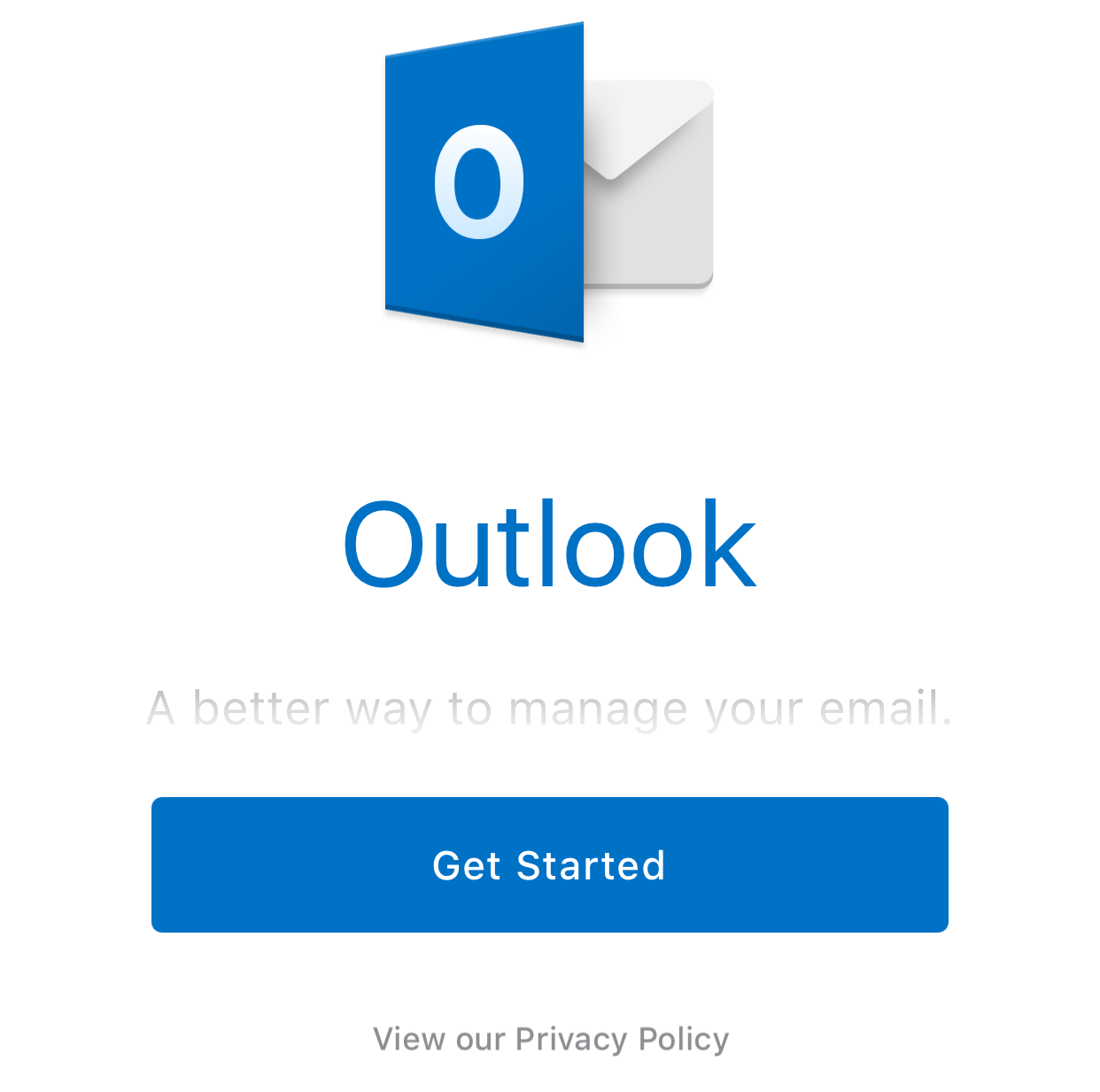

To make sense of the universe of Exchange-compatible clients on the major operating systems, I’ve put together a table that shows the features where differences often remain. Native clients from Apple, Google, and Samsung also support many Outlook features via their Exchange connections, and for some organizations, a mix of Microsoft and non-Microsoft clients may make sense. Although none is yet as capable as the Windows version of Outlook, the gap continues to close, if unevenly.
#MICROSOFT OUTLOOK APP FOR IPHONE ANDROID#
It's also been making slow but steady progress on iOS Android continues to get the least love. It may take years for Microsoft to deliver fully on that promise of universal capabilities across all major platforms, but Outlook 2016 is now in decent shape on the Mac and the web. Microsoft clearly is planning to move users away from Outlook’s basic notes features to OneNote’s, but integration between OneNote and Outlook is nonexistent right now. That’s a symptom of Microsoft’s strategy to have a hodgepodge of clients whose capabilities vary widely as it figures out its long-term client mix, a situation that can bedevil multiplatform organizations. I also compared OneNote across platforms it syncs through Office 365 and SharePoint. The latest move pushes forward with Microsoft's aim to deliver its Office communications tools everywhere: the Mail, Calendar, People (contacts), and Notes components in Outlook.


 0 kommentar(er)
0 kommentar(er)
